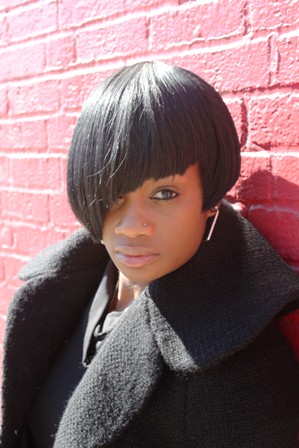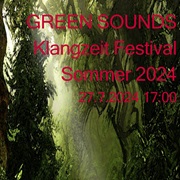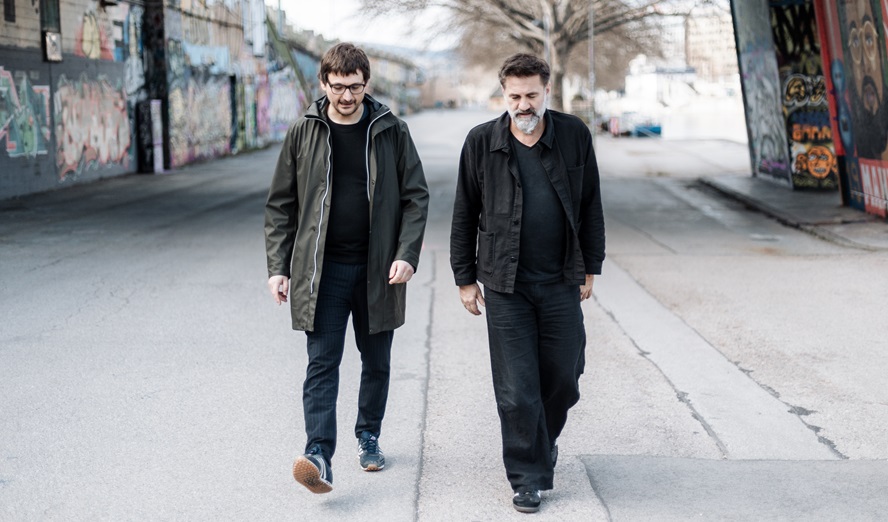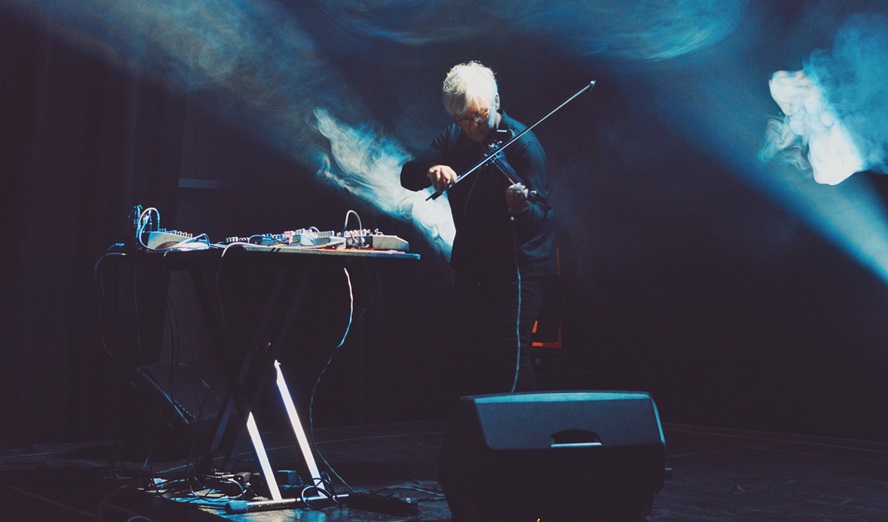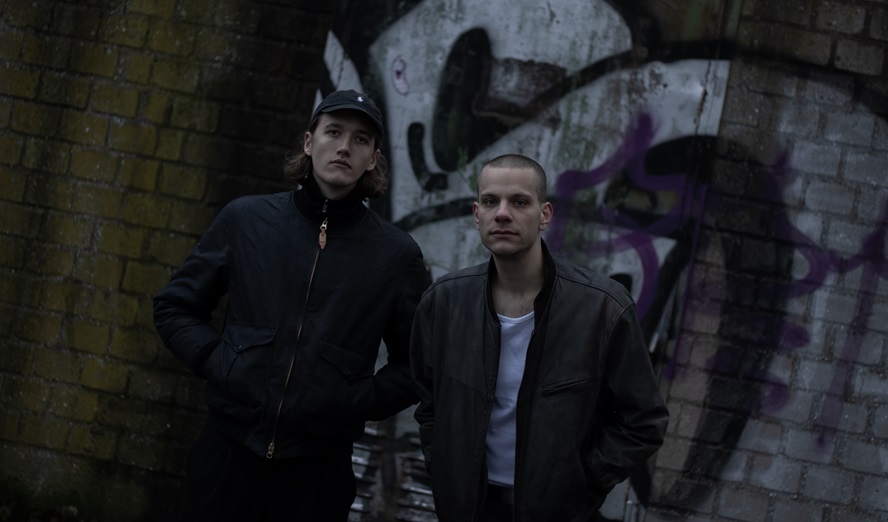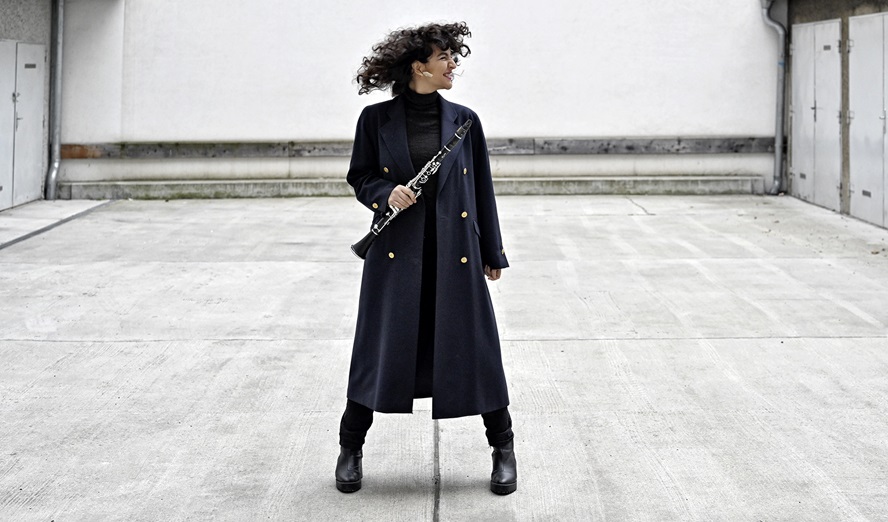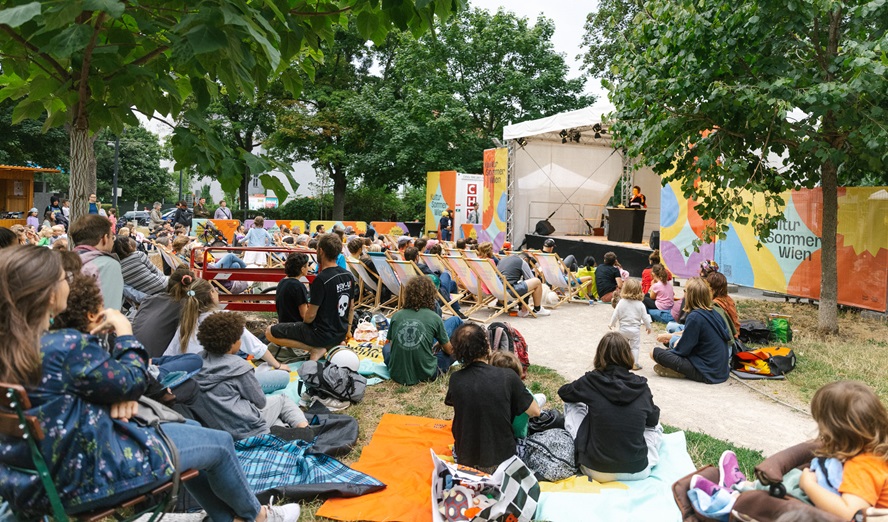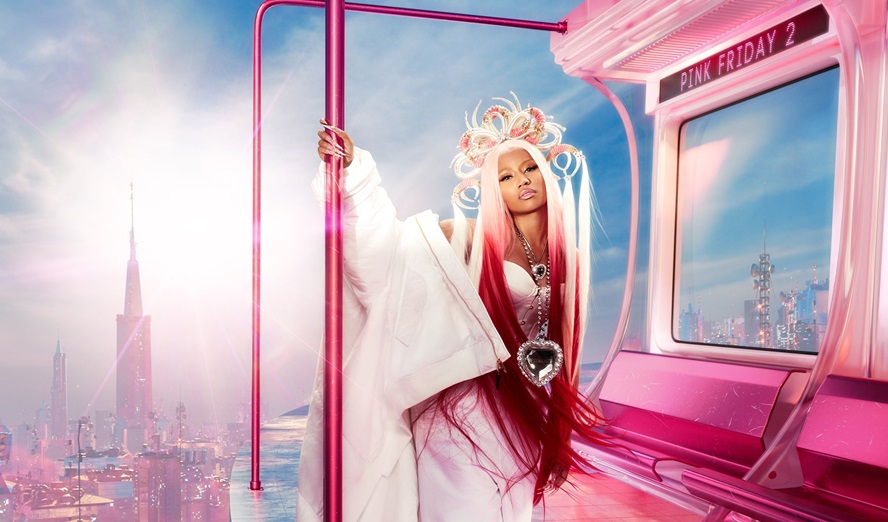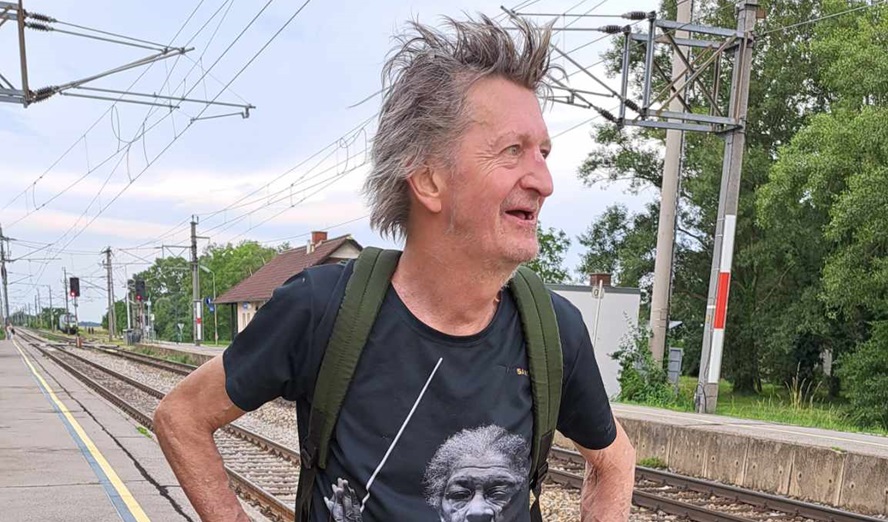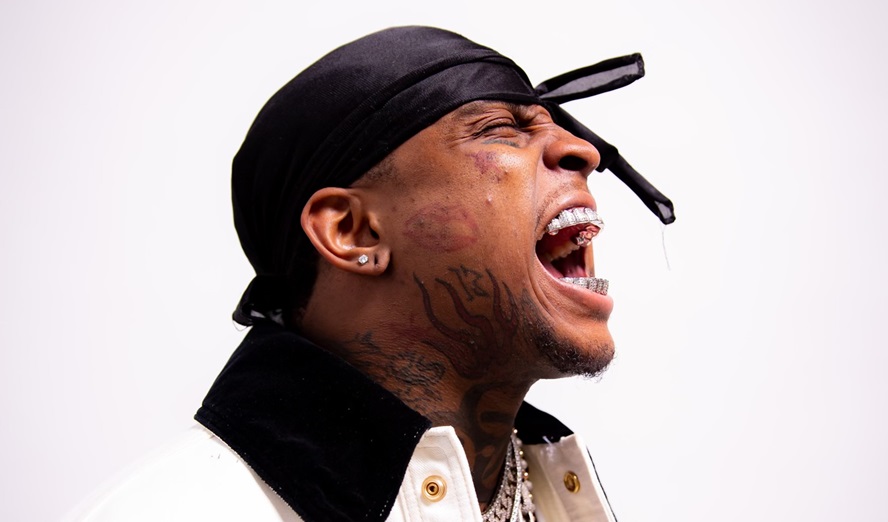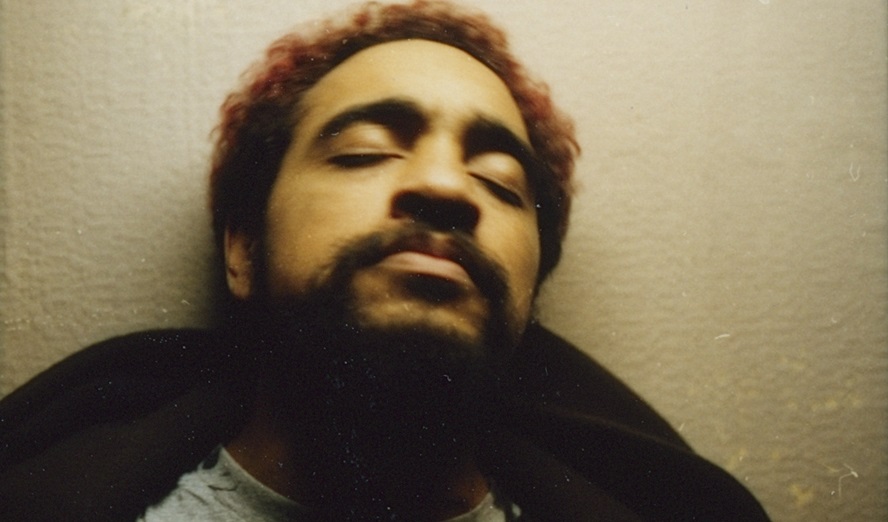Can you describe your performance »Coming where I’m from«, where Afro-Dance and Hip-Hop-Dance converge? You use the strong colour red, and at the end of the performance Tweetie, one of the two dancers, is shaking off her high-heeled boots to dance barefoot like the other dancer Charlene Smith.
Michele Byrd-McPhee: This piece has multiple meanings. One important thing behind this performance is the struggle with image. A woman is often judged by how she is dressed. The more afro-centric she might look, the more she is treated differently. The movements of the dancers – when they are shaking their booties – are not necessarily for (male) entertainment. They are embracing their femininity. That’s part of their African-Dance history. The powerful colours also represent the African Culture. The final part where she is making a transition back to »where we are from« is showing that she wants to move natural, that she wants to be allowed to be a woman, not just being objectified by men.
I am wondering about the Hip-Hop-Evolution. Do you think it is still an underground movement? When Hip-Hop started about thirty years ago there were role-models like for example Afrika Bambaataa. What’s the state of Hip-Hop nowadays?
Tweetie: Afrika Bambaataa is still here with us! There is still very much an underground scene in Hip-Hop, not only Zulu Nation. But there is a huge difference between the underground and the commercial scene. You may not necessarily have the underground talent that is more true to the art form being respected or recognized by the public. So sometimes the underground scene is being abused by the commercial scene. When I leave the States, I’m often reminded of the 70s, 80s and 90s Hip-Hop-Era.
Michele Byrd-McPhee: In places like Asia, especially Japan, or Europe they seem to have a stronger connection to where the culture started. They know Pop-culture as well because obviously we are bombarded with it. I am 40 years old and Tweetie is a bit younger than me, so we are talking about the generation below us here in the US. They may not ever have heard about Afrika Bambaataa, to be honest! When you travel abroad you find young kids that are dancing Hip-Hop and they know all the old Hip-Hop songs. And from a dancer’s standpoint we know for a fact: choreographers for videos do come to the underground scene. They grab Tweetie and want her to assist, to train someone else. They tape her moves and than they put it on dancers who have never ever been to a club or a party. We witnessed here at the KosmosTheater yesterday where there is a spontaneous Break dance circle.
Tweetie: Why is it that we are sometimes underpaid because people think we are not professional enough!? But they want me to train someone who has no clue! They are paying this person more than a person who has actually the talent to do the thing for what they are looking for. So you don’t get the opportunity because you don’t look a certain way. I know in Europe, especially in Paris, there is a lot of support, like e. g. funding. The underground dancers get hired for commercials there. The situation for dancers is better there.
In the US I have to teach kids about the stuff that happened in the 90s. It is their culture but if they don’t see it on TV it’s not cool. I go to Japan and I am just extending the kids knowledge about the Hip-Hop dance culture and history! They are appreciating it. It is not just the clothing or a »song dance« for them. They already know a lot about the whole culture.
Michele Byrd-McPhee: We have to remain students as well. What we are doing has been done years and years ago with a link to African dance. When we think we are inventing new styles someone is coming up with footage from centuries ago and we discover we are not doing anything new. There are so many ways to get information nowadays but we don’t have enough books yet, manuals that say who invented what style. That’s how you do it. There are also regional differences, of course. I actually grew up in Philadelphia and Tweetie is from New York. We did the same dances but they are different although we use the similar names for the moves. So it is difficult to pass on what is the actual tradition. Where the issue comes in between underground, pop and theatre there is a want to share and you have to find the right medium without changing it.
Tweetie: The Hip-Hop scene in Chicago for example is completely different. Their dance style of House is beyond anything that we know here in New York. It is a different type of feeling, a different type of vibe what they say is House. I can’t say that it’s not House because we originated it. I just can go there and appreciate it. Then we trade and exchange. The interesting thing is that the vocabulary is always changing wherever you go and changing in time as well.
Michele Byrd-McPhee: There are not as many dance parties in New York City now. There are parties once a month where you can sweat, special dance events. The weekend is for lounging and drinking. The dance floors get stuffed with chairs and couches.
Five years ago I organized with a friend of mine a dance-party called »Capoeira meets Breakdance« here in Vienna, to bring these two communities together. Do these different communities mingle or mix in New York City?
Michele Byrd-McPhee: No, that’s part of the problem. There are amazing African dancers in New York City. It would be interesting to bring them together. When I lived in Philadelphia, it seemed that the communities knew more about each other. New York is so big, people are so focused on what they are doing that they rarely get the chance to mix.
Do you have a kind of definition for performance?
Michele Byrd-McPhee: This is a hard question. For me it doesn’t mean it is something only happening on a stage. Some of my best performances have been in clubs. For me it is a challenge to bring the stuff that we do at a club to a performance stage, trying to be open and share this energy and enjoyment.
Tweetie: When you go to the club you can see someone’s passion in the music as an individual, they are kind of zoned out. In a performance you can see more, you are able to create. In a performance you pick a specific song and try to get your story across. You need to find the right people to help you express your creativity.
Michele Byrd-McPhee: Performance is definitely a love-hate thing for me, it is a great challenge. I feel controlled when I am on stage so at the moment I am very happy choreographing and putting my work on people. It is not that I don’t like to be seen. A part of being an artist is getting attention from other people but the scary part of a performance is that you never know if people get your message. You are putting your work on a spot and it is getting judged in a way.
